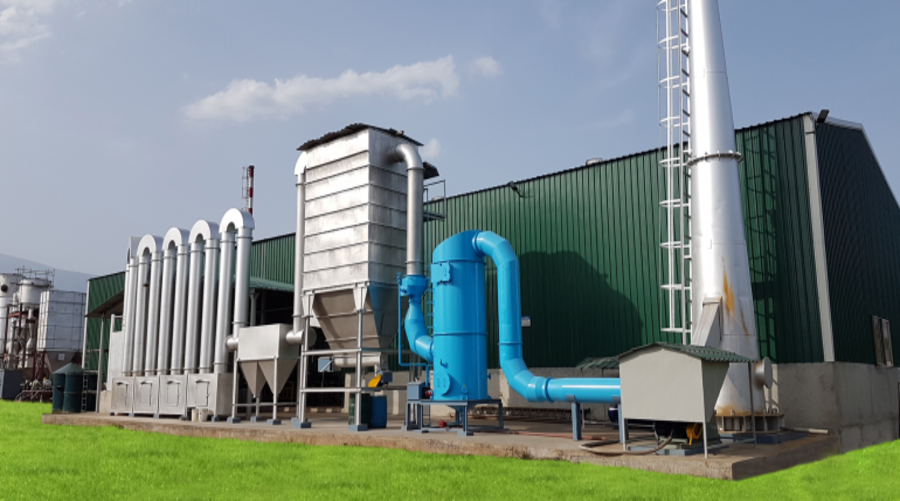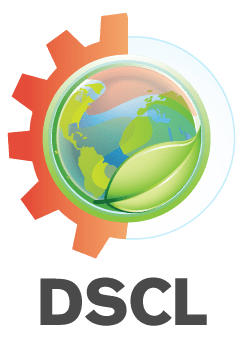| Project Name:
Consultancy Services for Environmental & Social Impact Assessment (ESIA) of Battery Recycling Plant by Panna Battery Limited at West Rashulpur, Kamrangirchar. |
| Country: Bangladesh |
| Project Duration: 04/2019 to 08/2019 |
| Description of Project:
The proposed battery recycling plant will be in the West Rasulpur of Kamrangirchar, Dhaka. The project site lies in the geospatial reference of 23.727223°N and 90.365353°E. This project site is situated on the side of the Gabtoli-Sadarghat Road. The distance of Buriganga river is around 0.5Km on the west side of the plant. In addition, around the plant side, mostly are small scale industries with market and varieties of wholesale product seller.
The proposed Panna Battery Limited (Unit 2) is the new Unit of the PBL Company. The land size of the factory building is approximately 6,209.54 m2, 1,420 m2 is for the roads and transportation system, and 5,285 m2 for the green area. This plant support around more than 40% of the land for the green plantation and other environmental supportive activities. The total number of labors will be around 66, who are skilled. |
| Description of Actual Services Provided by Staff of this Firm in the Assignment:
This ESIA is a part of the feasibility study for the proposed PBL Unit 2. The study is to verify the impact of the proposed project on environment and on people. The Terms of Reference (ToR) for the consultants are, but not limited to the following: 1) Provide an existing baseline assessment enhanced utilizing current assessment methodology. 2) Assessing all project components of the proposed area and providing data, results and analysis for the Project Area, Local Study Area and Regional Study Area, including a cumulative effect assessment. 3) Carry out environmental and social impact assessment identifying the maximum production capacity capable of being installed that will satisfy the applicable environmental requirements, including the laws and bylaws of Bangladesh. 4) Land use/ Land cover including ecologically critical area, national parks, forest, orchard, cultural heritage site etc. (if any), in the site selected for the batter factory. 5) Identify map unique sites or special features such as Parks and Protected Areas, Heritage Rivers, Historic Sites, Environmentally Significant Areas, culturally significant sites, and other designations. 6) Meteorological data collection of the site from Bangladesh Meteorological Department (BMD). 7) Primary and Secondary Socio-economic data collection. 8) Water resources and soil salinity data collection from BWDB (Bangladesh Water Development Board) and SRDI (Soil Resources Development Institute). 9) Agro-ecological zones data collection from AEZ (Agro-Ecological Zones) report. 10) Agricultural data collection from BBS (Bangladesh Bureau of Statistics) and DAE (Department of Agriculture Extension). 11) Collection of Environmental quality data including soil investigation, air quality, water quality, noise level etc. for the selected site. 12) Establish the environmental and social baseline condition in respect of water resources, air quality, noise level, land resources including land use/land cover, agriculture, fisheries, ecosystems, and socio-economic condition. 13) Identify the Important Environmental and Social Components (IESC). 14) Assessment of impacts of the proposed battery factory on the environmental and social components. 15) Preparation of Environmental Management Plan (EMP). 16) Collection of data on access to road/inland water transport channels from Port Authority, BIWTA and Roads and Highway Department. 17) Topographical survey of the selected project site. 18) Soil investigation of the selected site. 19) Seismic analysis. 20) Identify the baseline climatic and air quality conditions including: a) the type and frequency of meteorological conditions that may result in poor air quality; and b) appropriate ambient air quality parameters. c) Carry out air quality Modeling. 21) Identify stages or elements of the Project that are sensitive to changes or variability in climate parameters, including frequency and severity of extreme weather events. 22) Provide map existing critical or sensitive areas such as spawning, rearing, and over- wintering habitats, seasonal habitat use including migration and spawning routes. 23) Identify the current and potential use of the fish resources by aboriginal, sport or commercial fisheries. 24) Describe and quantify the current extent of aquatic habitat fragmentation and carryout baseline aquatic survey. 25) Ability to dispose efficiently and in a manner that complies with all national regulatory requirements and international obligations related to the disposal generation by the battery crushing and production (and the development of a recommended plan for doing so). 26) Assess and evaluate the ability of each of the projects (and any expansion projects at the site) to comply with all health and safety and environmental laws of Bangladesh. 27) Provide information regarding is there any adverse environmental impacts during Crushing and Production of lead-based battery and find out its mitigation measures. 28) Describe the socio-economic impacts of construction and operation of the Project, including: a) impacts related to local training, employment, and business opportunities; regional and provincial economic benefits; housing; recreational activities; hunting, fishing, trapping, gathering and trafficking; and impacts to traditional land use and social and cultural implications. b) Impacts of the Project on the availability of affordable housing and the quality of health care services. Provide a summary of any discussions that have taken place with the local municipalities and the local environmental public health office concerning housing availability and health care services, respectively. c) identify any impacts expected on primary and secondary highway systems and other regional roads caused by anticipated traffic changes. d) the impact on local and regional infrastructure and community services, including consideration of municipal “hard services”, education/training services, social services, urban and regional recreation services, law enforcement and emergency services; and e) Describe municipal growth pressures as they relate to the Project and the need for additional Crown land to meet these needs; |



